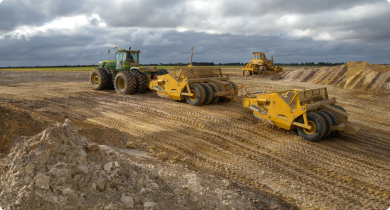Water repellence
Water repellence is a widespread problem mostly affecting soils with low clay content or high organic matter levels in the topsoil, in the medium to high rainfall zones. The expression of water repellence appears to be increasing due to an increase in cropping frequency, drier and earlier sowing, minimum tillage and reduced break of season rainfall. The department can provide technical information on a range of management options and new techniques to assist landholders reduce water repellence impacts.
See Also
- Soil water repellence - overview
- Soil water repellence - diagnosing the problem
- Diagnosing water repellence
- Soil water repellence - the science
- Soil water repellence - setting up seeders for banding wetting agents
- Effective furrow sowing for water repellent soils
- Soil inversion to ameliorate soil water repellence
- Utilising soil biological processes to better manage water repellent soils
- Claying to ameliorate soil water repellence
- Soil wetting agents for water repellent soils
- Rotary spading and deep cultivation to ameliorate soil water repellence
Articles
Filter by search
Filter by topic
- Crops (3) Apply Crops filter
- (-) Remove Grains filter Grains
- (-) Remove Soil constraints filter Soil constraints
- Barley (2) Apply Barley filter
- Soil compaction (1) Apply Soil compaction filter
- Soil acidity (1) Apply Soil acidity filter
- Soil management (1) Apply Soil management filter
- Grains research & development (1) Apply Grains research & development filter
- Canola (1) Apply Canola filter
- Liming (1) Apply Liming filter
- Production & postharvest (1) Apply Production & postharvest filter

